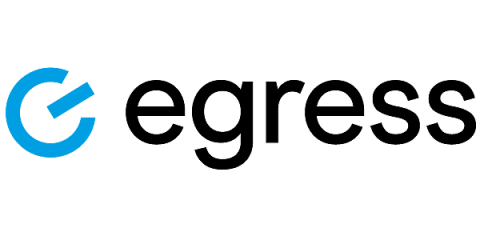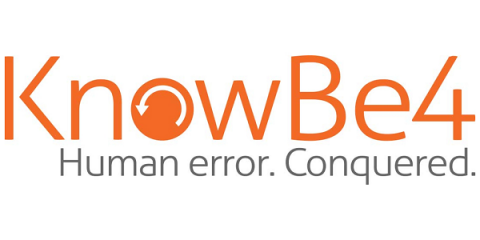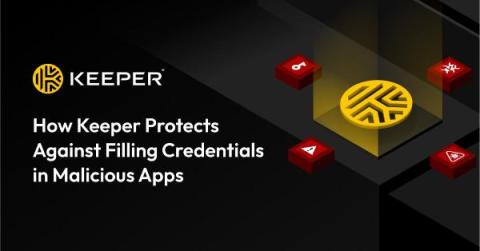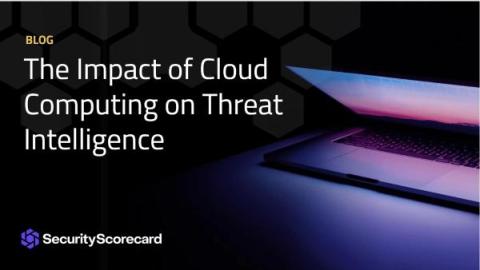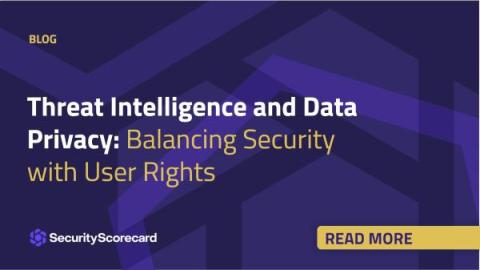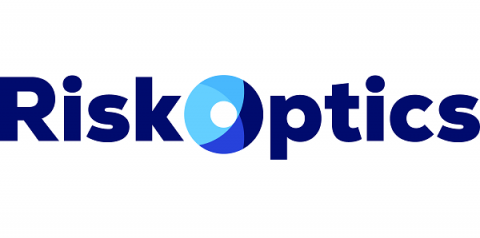TEMU phishing attacks using spyware up 112% in the run up to Christmas
As the most downloaded app in the world right now, the number of TEMU impersonation emails has increased by 112% since October 1st, 2023. As discounts and spending-based reward coupons form a substantial part of TEMU’s awareness campaigns, the company is reportedly spending $2bn annually on marketing. As the brand continues to grow in popularity, cybercriminals are increasingly leveraging it to lend authenticity to their spoofing attempts.


